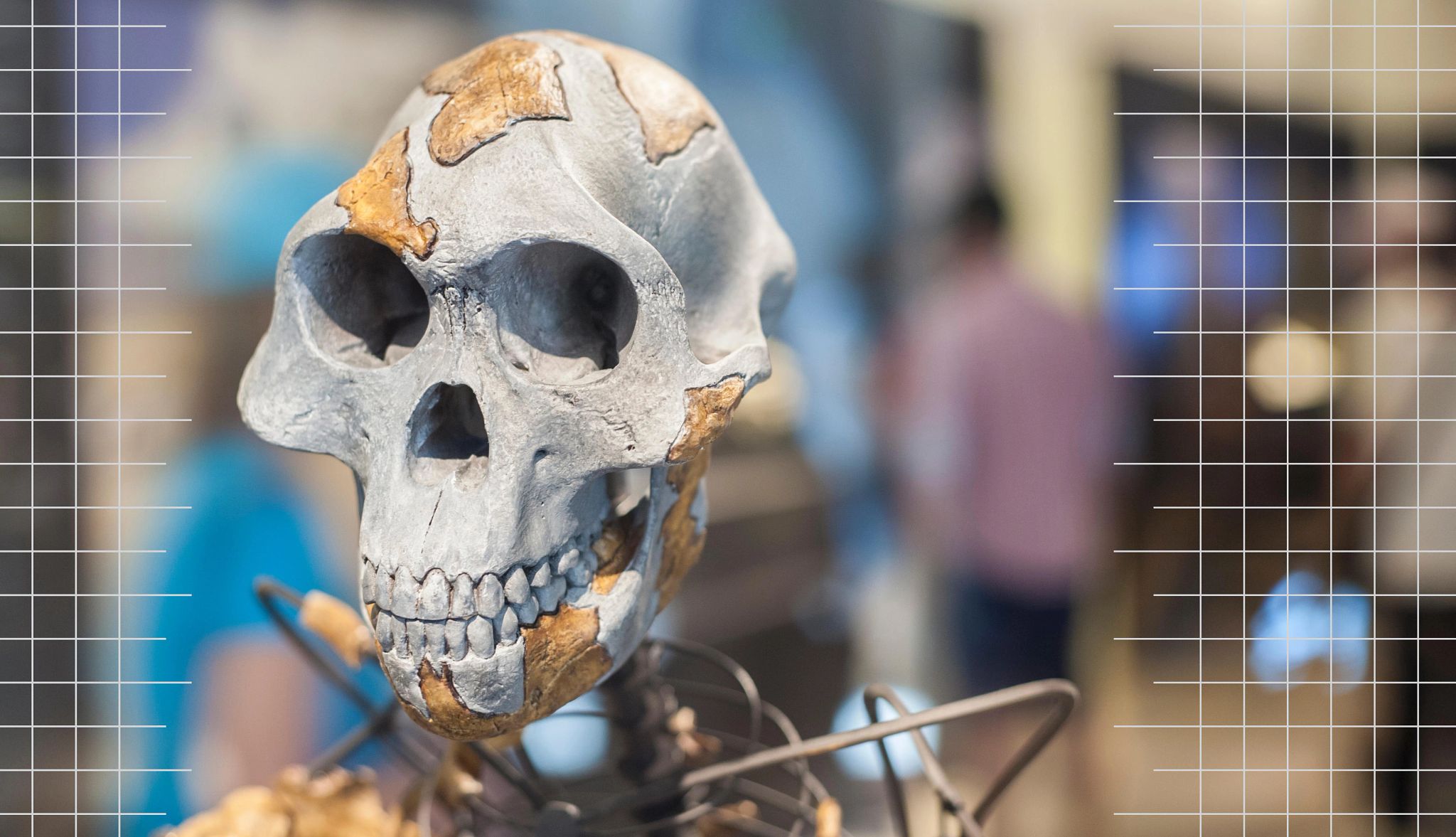
50 years on: how the ‘lucy’ skeleton reshaped science
- Select a language for the TTS:
- UK English Female
- UK English Male
- US English Female
- US English Male
- Australian Female
- Australian Male
- Language selected: (auto detect) - EN
Play all audios:

On Nov. 24, 1974, American paleoanthropologist Donald Johanson co-led the discovery of a collection of fossilized bones in Ethiopia that turned out to be the remains of one of the oldest
human ancestors. The 40-percent-complete female skeleton of the hominin species was a 3.2-million-year-old named Lucy. Over the past five decades, researchers have found that Lucy was 3½
feet tall, walked upright despite a small brain and had a strong upper body, possibly from climbing trees. Hundreds of newer discoveries of fossils from her species, Australopithecus
afarensis, have helped paint a picture of how they lived and evolved during their time on earth — estimated to be a million years. “She’s a landmark discovery 50 years ago and today, and
her impact on science, and also the public’s understanding of science, has not changed in its scope and significance but it has evolved over the last 50 years,” Dr. Emma Finestone, associate
curator and the Robert J. and Linnet E. Fritz Endowed Chair of Human Origins at the Cleveland Museum of Natural History, told _AARP Experience Counts_. “Fifty years ago, Lucy was the oldest
and most complete hominin ever known, so she pushed back the timeline of our ancient family tree.” Johanson was the museum curator at the Cleveland Museum of Natural History when he made
that monumental trip to Africa and found Lucy — who was named after the Beatles’ song “Lucy in the Sky with Diamonds,” which was playing at the excavation site during the discovery.
Johanson brought her back to Cleveland, where the skeleton was studied for six years before returning to Ethiopia in 1980. “At the time, she really inspired people’s interest in human
origins and the sciences,” Finestone said. “And that was true for the general public, but she also inspired a new generation of scientists that went on to study hominins and find more
fossils after her.” Today, the museum has a large archival collection of Lucy and the record cast, the first and most accurate reproduction made from the fossils. It is hosting a yearlong
celebration to mark the anniversary, with Lucy-themed events, public lectures and exhibits. Earlier this year, Arizona State University hosted a symposium to discuss Lucy’s impact on the
understanding of human evolution.
